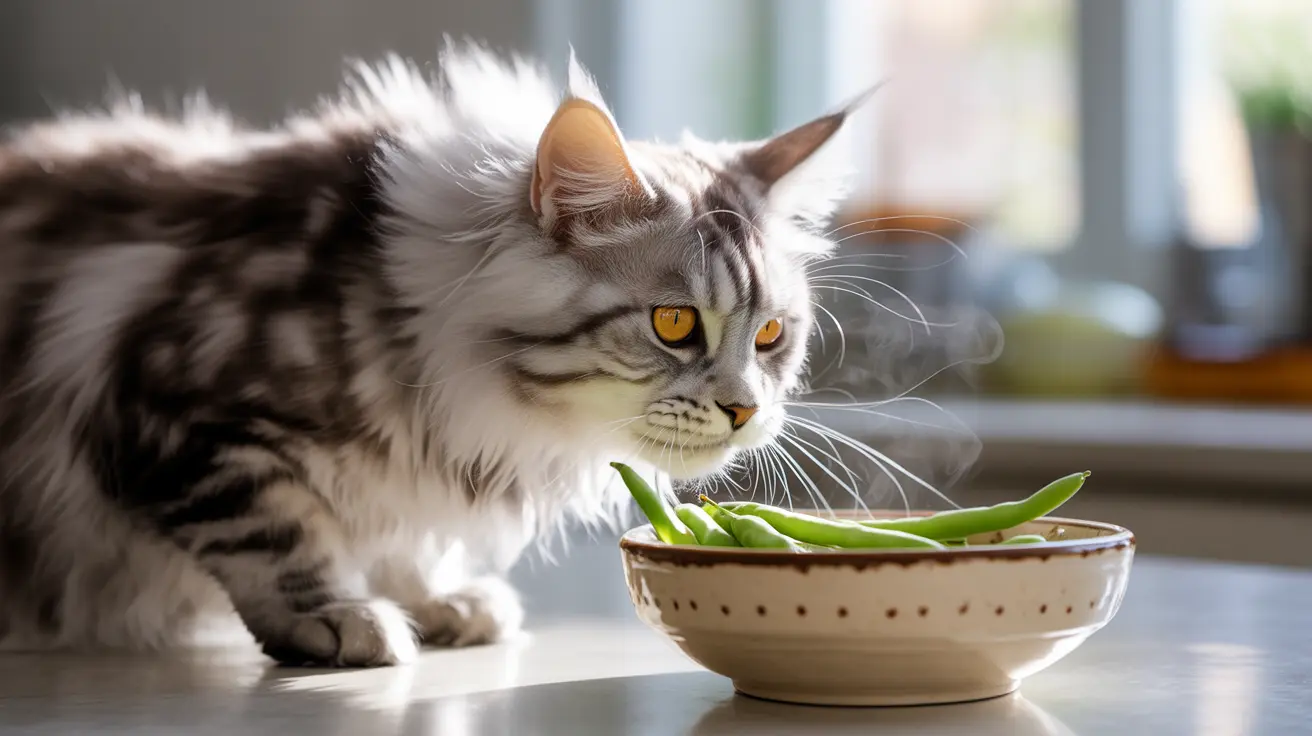Many cat owners wonder about expanding their pet's diet beyond traditional cat food. While cats are obligate carnivores who primarily need meat-based protein, questions often arise about supplementing their diet with human foods like beans. This comprehensive guide will explore whether beans are safe for cats, their potential benefits and risks, and how to serve them properly if you choose to offer them as treats.
Understanding the role of beans in your cat's diet is crucial for maintaining their health and well-being. Let's dive into everything you need to know about feeding beans to your feline friend.
Understanding Cats' Nutritional Needs
Cats are strict carnivores whose bodies are designed to process and utilize animal protein efficiently. Their digestive systems aren't optimized for plant-based foods, including beans. While beans are rich in protein for humans, cats require specific amino acids found primarily in meat sources.
This biological requirement means that while beans aren't toxic to cats, they shouldn't be considered a dietary staple or protein substitute.
Safe Bean Options for Cats
If you're considering offering beans to your cat, some varieties are safer than others:
- Cooked green beans
- Plain cooked black beans
- Thoroughly cooked kidney beans
- Plain cooked navy beans
All beans must be thoroughly cooked and completely plain - no salt, seasonings, or additives of any kind.
Proper Preparation Methods
The way you prepare beans for your cat is crucial for their safety:
- Thoroughly cook all beans until soft
- Avoid any seasonings, including salt
- Never serve raw beans
- Rinse canned beans thoroughly to remove excess sodium
- Cut larger beans into smaller, manageable pieces
Potential Benefits and Risks
Benefits
When served properly and in moderation, beans may offer some benefits:
- Additional fiber for digestive health
- Low-calorie treat option for weight management
- Source of vitamins and minerals
Risks
However, there are several risks to consider:
- Digestive upset
- Gas and bloating
- Potential for choking
- Nutritional imbalances if overfed
Serving Size and Frequency
If you choose to offer beans to your cat, moderation is key:
- Limit portions to no more than 1-2 small beans
- Offer beans no more than once or twice per week
- Monitor your cat for any adverse reactions
- Stop feeding immediately if you notice any digestive issues
Frequently Asked Questions
Can cats safely eat beans, and which types are best for them?
Yes, cats can safely eat certain types of beans when properly cooked and served plain. Green beans are generally the safest option, followed by plain cooked black beans or navy beans. However, beans should only be given as occasional treats, not as a regular part of their diet.
How should I prepare beans before giving them to my cat to avoid health risks?
Always cook beans thoroughly and serve them plain without any seasonings, salt, or additives. If using canned beans, rinse them well to remove excess sodium. Never serve raw beans, as they can be toxic to cats.
Are beans a healthy or necessary part of a cat's diet?
No, beans are not a necessary part of a cat's diet. Cats are obligate carnivores and require animal-based protein for optimal health. While beans can be offered as occasional treats, they should never replace proper cat food.
What are the potential digestive problems if my cat eats too many beans?
Overconsumption of beans can lead to gas, bloating, diarrhea, vomiting, and general digestive discomfort. In some cases, it may also lead to more serious conditions like pancreatitis.
Can feeding beans help with my cat's weight management or digestive health?
While beans are low in calories and high in fiber, which could theoretically help with weight management, there are better options specifically designed for cats. Always consult with your veterinarian about proper weight management strategies for your cat.
Conclusion
While cats can safely consume certain types of beans in moderation, they should never be a significant part of their diet. If you choose to offer beans as treats, ensure they're properly prepared and given in small amounts. Always prioritize a balanced, meat-based diet that meets your cat's nutritional needs, and consult with your veterinarian before making any significant changes to your cat's diet.






